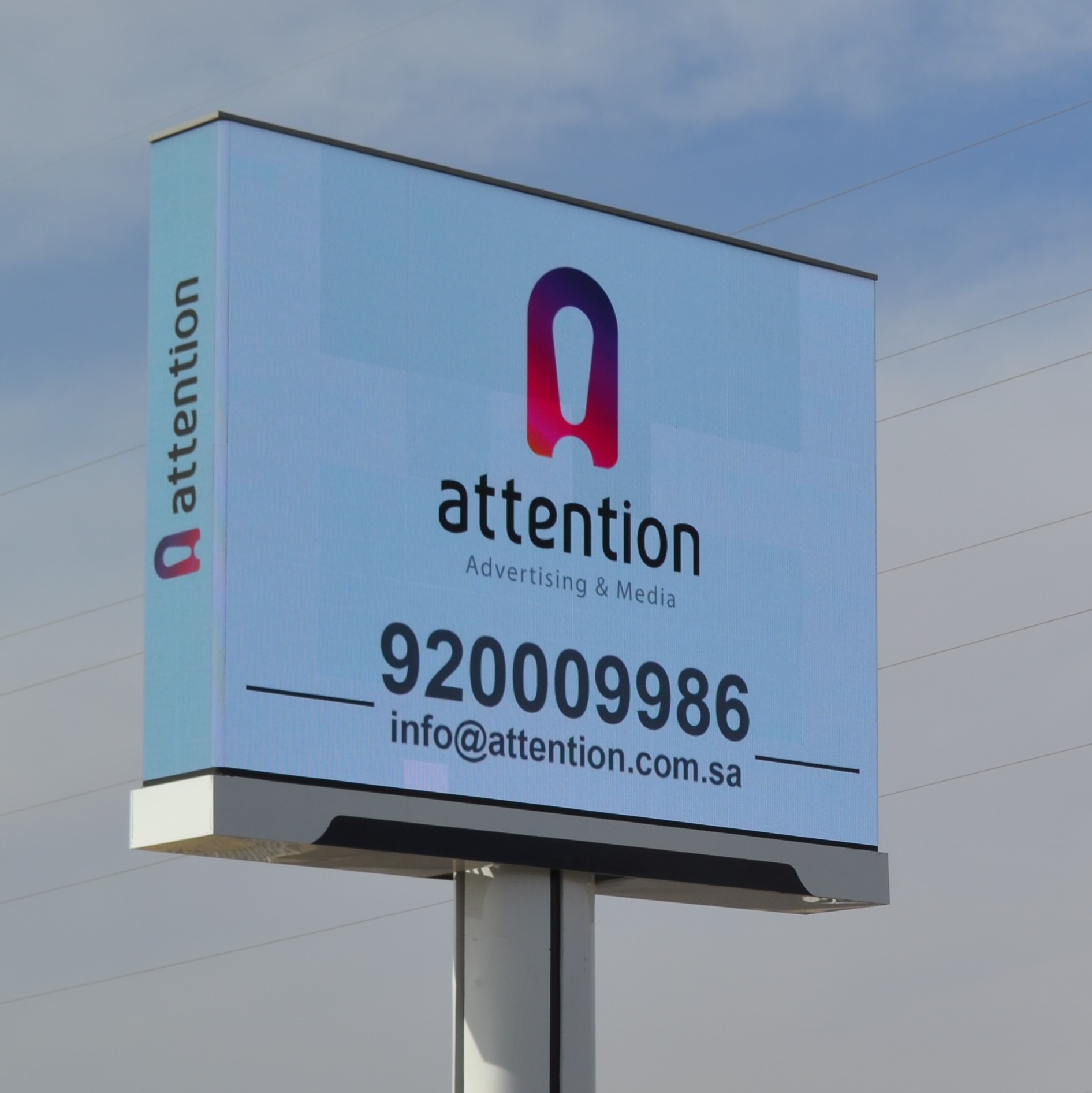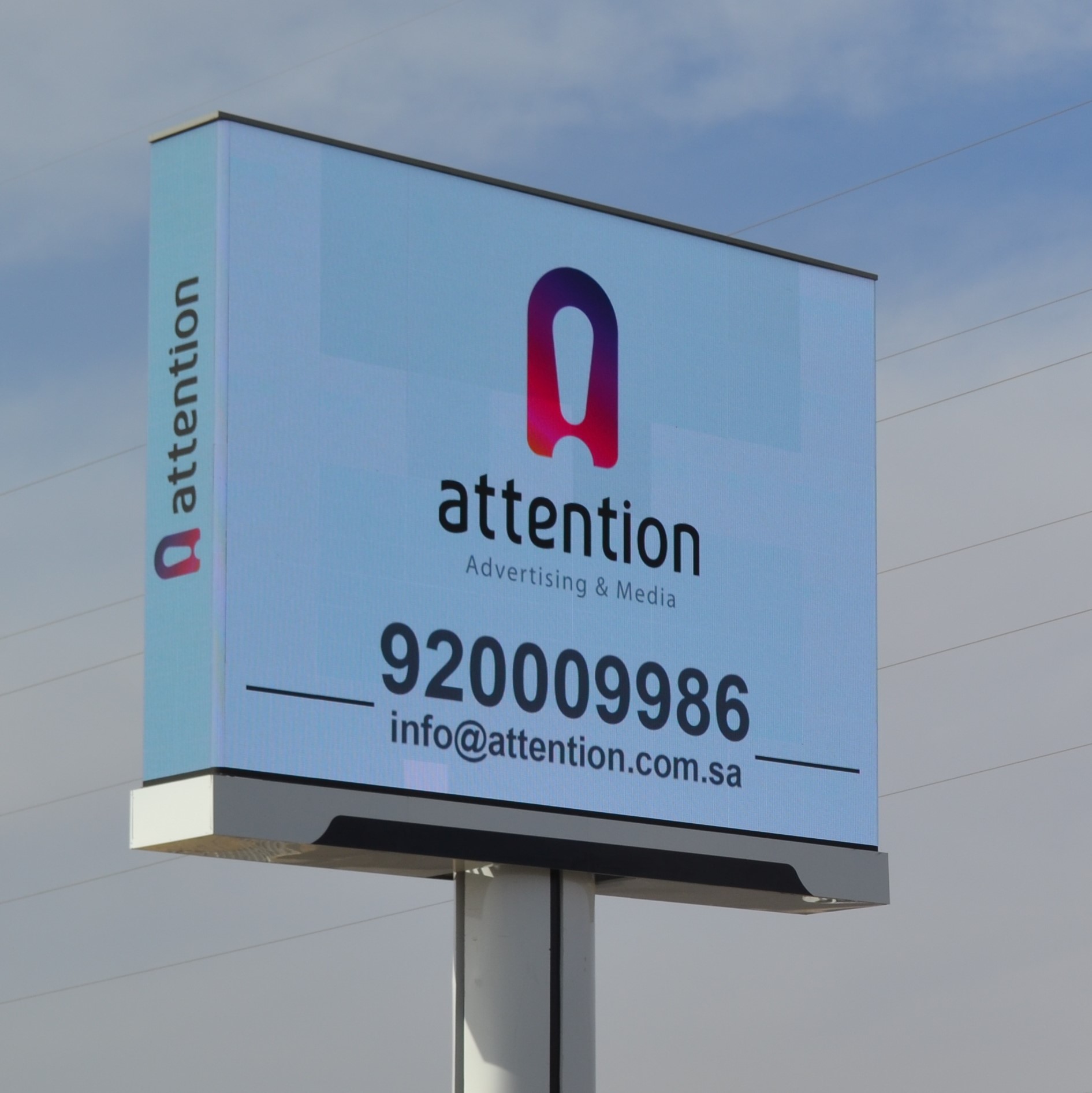Blog

The emergence of ads and their transformation
3/28/2023 3:37:04 AM
The first people to know the advertisement in its correct content, but in an oral form, were the Greeks and then the Romans, who developed it into an editorial one, in addition to the presence of some banners, and then the emergence of the Roman legislator’s record, which is an official newspaper that transmits to the public all the decisions of the authority and all advertisements for sale and lease.
The inventions followed and printing appeared in its sophisticated form, accompanied by the appearance of poster advertising.
In all cases, industrial development, the emergence of printing presses, publications, and the like have had a great impact on the dissemination of advertisements, making them an effective means of promoting goods and services in England, France, all over Europe and America, even throughout the globe and reaching what is now today.
In the early 1990s, when the Internet emerged, there was a huge shift in advertising motivation, with the aim of focusing on brand awareness and problem-solving. That is, the product is no longer the centerpiece of advertising but the consumer itself is the centerpiece of advertising.
This period is famous for introducing new channels and media, the advertising has become easier to see and reach a large number of people with a single click.
In 2000, the first advertisement appeared on mobile by sending free news addresses via SMS, after which the marketing campaigns rolled out on mobile. Hence the start of a new phase of advertising via mobile.
With the accelerated development of mobile phones, their ease of use and technical development, and with the expansion of the Internet around the world becoming one of the basics of living in many countries; Digital advertising has become the basis in the online world, especially with the development of applications on mobile phones and highlighting social media apps and sites and search engines are the basis in targeted advertising that understands the consumer's personality and directs him to the ad that suits him.

The beginnings of outdoor advertising
3/28/2023 3:25:17 AM
The urgency of advertising emerged with the beginning of the industrial revolution when large quantities of goods flowed and had to be promoted and introduced to consumers by advertising. External advertisements, newspaper advertisements, wall posters, train advertisements, and public transport appeared.
By the beginning of 1820, street propaganda had increased, hence tax fees had risen, and competition for poster space had increased, causing advertisers to seek new ideas and ways to attract passers’ attention.
At the beginning of the 1960s, the advertising industry began to move in a new direction, as a simple, straightforward ad was no longer enough to attract consumers' attention, so the search for the best talent and new creative ideas began.
Advertising has become an art in itself, with advertising companies thoroughly studying the product, designing their logo and brand, and preparing an advertising campaign to promote it. In TV or radio advertising, the designer may have more expressive space in the use of image, sound, motion, and color to attract consumer attention, while in outdoor advertising it is a real challenge for the advertising designer as the viewer is mobile, often urgent, so the idea must be abbreviated and clearly presented to achieve the desired effect.
One of the most prominent methods used in external advertising is a billboard (billboards) is a huge billboard set up at traffic lights and stop places on public roads and displays either attractive images or distinctive advertising messages capable of attracting attention in a particular direction, The billboard is characterized by its height in place, being clear and visible, its availability everywhere and its presence at all times, thus delivering the message to the largest number of customers and target audiences making this an essential force. Which makes outdoor advertising is more efficient and effective than other types of advertising.
